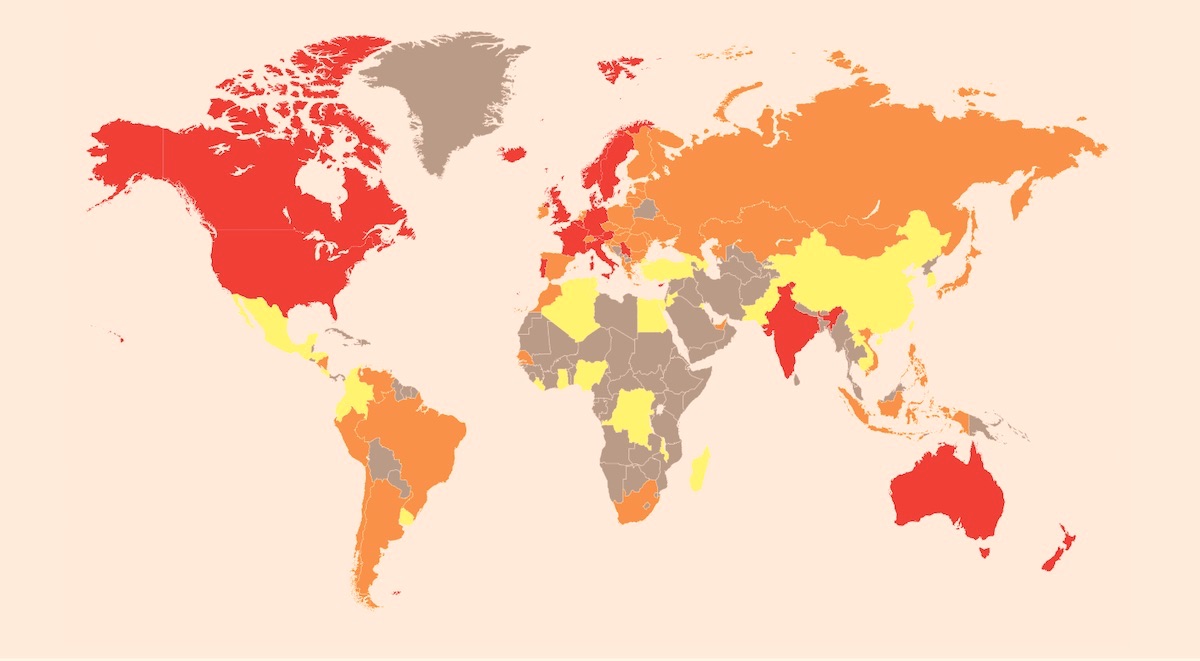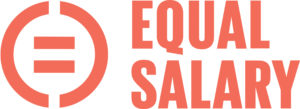What is the gender & ethnicity pay gap?
"The urgent need to tackle the gender pay gap is no longer a debate – but rather the question is how."
ILO, Pay transparency legislation: Implications for employers’ and workers’ organizations 2022
Understanding a complex issue
The gender pay gap is the difference between average male and female earnings, and can vary depending on many factors including sector, occupation, age and country. Family responsibilities also play a significant role.
In Switzerland, the Federal Office of Statistics estimates that around 60 percent of the gender pay gap can be explained by objective factors like differences in education, training and work experience, occupational gender segregation, part-time vs. full-time work, company size and union presence.
The other 40 percent can’t be explained, and is therefore attributed to direct and/or indirect discrimination. The latter is a result of gender bias, which can lead to unequal opportunities in training or promotions—which ultimately impacts salary.
The ethnicity pay gap refers to the disparity in average earnings between different ethnic groups, often highlighting the disadvantage faced by certain ethnicities in terms of wages and income.
The EQUAL-SALARY methodology was designed to allow companies around the world, in every field, to address the difference between inequality and discrimination, to ensure all employees are paid equally for the same work.
The Gender Pay Gap…
THE FACTS YOU SHOULD KNOW
The ILO Global Wage Report 2018/2019 finds that the gender wage gap on the global level is at about 20 per cent. Prejudice, stereotyping, cultural norms, the unequal share of unpaid care work, direct or indirect pay discrimination are among the root causes of pay inequality between women and men. 1
The uncontrolled gender pay gap, which takes the ratio of median earnings of all women to all men, decreased very slowly – by $0.05 – in the US since 2015. However, women still make only $0.79 for every dollar men make in 2019. 2
Women in the EU earn on average almost 16.2% less per hour than men do, across all economic sectors. 3
Where Does Pay Inequality Exist?
The wage gap around the world
Wage inequality for women and men exists in most countries and industries around the globe. It is an issue in both developing countries and in some of the world’s wealthiest nations. Take a look at how each country stacks up.

Who Is Taking a Stand?
Countries and companies are leading by example
Several countries have equal pay legislation, although enforcing it can be complex.
Today, more and more countries are taking steps to encourage or legally mandate companies to take action towards equal pay. And several world leaders and other prominent figures are speaking out as influential advocates for equal pay.
Several high-profile companies and organizations have also taken the lead in committing to pay their female and male employees fairly by getting EQUAL-SALARY certified.
Let’s talk equal pay
Le rapport annuel 2024 de la Fondation EQUAL-SALARY est désormais accessible. Veuillez le consulter via le lien suivant.
Vevey / Zofingen, 12 June 2025 – The EQUAL-SALARY Foundation is pleased to announce that DELTA Zofingen AG has obtained the Equal Pay and Opportunities, by EQUAL-SALARY certification, a symbol…
Vevey / Warsaw, 27 May 2025 – The EQUAL-SALARY Foundation is pleased to announce that PwC Polska Sp. z o.o. has obtained the Equal Pay and Opportunities, by EQUAL-SALARY certification,…



